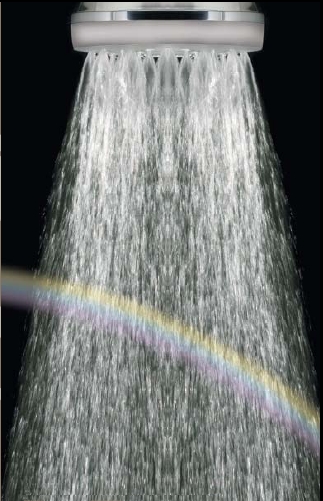 | ||
Great Horned Owl
Ecomuseum, Mtl, Qc, CA
Just a quick note to let you know that the next post will be on Thursday, November 4th. I'm taking a couple days off to play tourist in NYC with my friend.
Don't eat too much candy!
Take care!
 | ||
 |
| Via |
 There is a 70% probability that Eastern North-American tree leaves contain ANTHOCYANIN, the pigment responsible for the red or brown autumn colouration. The combination of cool weather and reduced day light allows the warm pigment to emerge.
There is a 70% probability that Eastern North-American tree leaves contain ANTHOCYANIN, the pigment responsible for the red or brown autumn colouration. The combination of cool weather and reduced day light allows the warm pigment to emerge. A couple months ago, Wolfman and I, moved into our small flat in Harlem.
A couple months ago, Wolfman and I, moved into our small flat in Harlem.

 Water is now thought to be the most probable cause of another world war because of the exponential growth of the human population, the already small proportion of available drinking water and the increasing contamination of these sources.
Water is now thought to be the most probable cause of another world war because of the exponential growth of the human population, the already small proportion of available drinking water and the increasing contamination of these sources. From the Balsaminaceae or Touch-me-not Family comes this wonderfully exciting plant: Impatiens capensis. It is also known under the names of Orange spotted Jewel-weed and Orange spotted Touch-me-not.
From the Balsaminaceae or Touch-me-not Family comes this wonderfully exciting plant: Impatiens capensis. It is also known under the names of Orange spotted Jewel-weed and Orange spotted Touch-me-not.Gleason and Cronquist (1991) describe the range as such: Newfoundland and Quebec to Saskatchewan to South Carolina, Alabama, and Oklahoma – East Coast to about the middle of North America.
Impatiens flowers are easy to identify due to their shape. The spurred sac-shaped flowers droop upside down from slender pedicels. The opening if formed by three petals, one larger than the others making up the top lip (or bottom considering it's upside down). Many flowers have a radial symmetry (actinomorphic) meaning they can be divided in more than 2 equal parts. Jewel-weed flowers have bilateral symmetry (zygomorphic); you can split it into two equal parts much like the human body. If you want to read more about floral symmetry, click here.